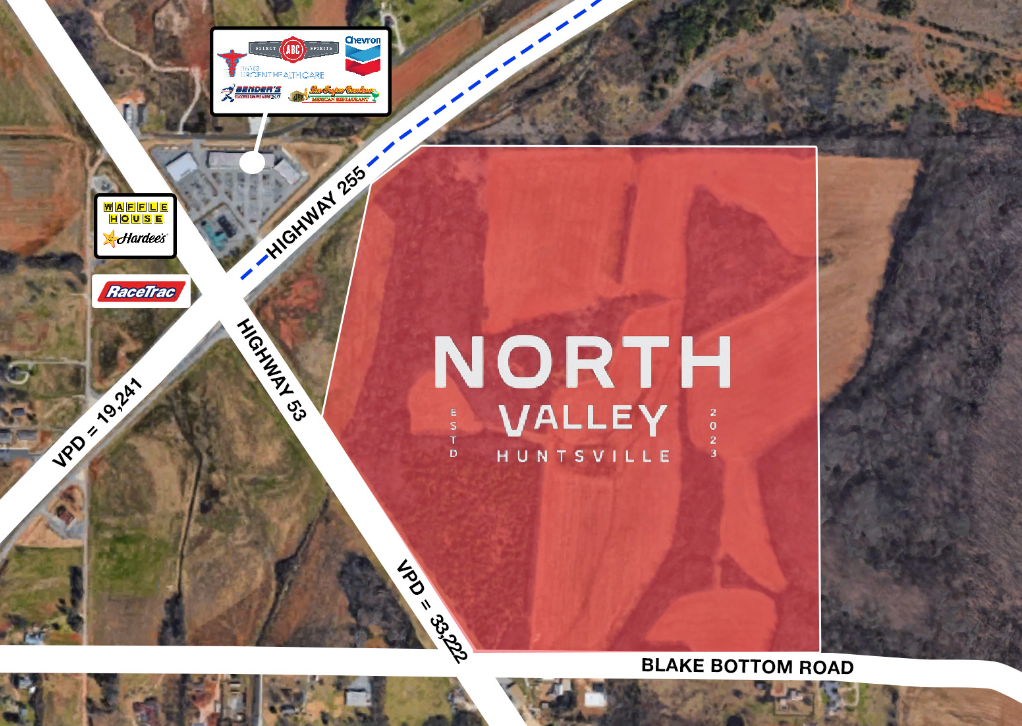Recently, two of our brokers traveled to Las Vegas to attend the annual International Council of Shopping Centers (ICSC) conference in Las Vegas. Anusha Alapati and Zac Buckley specialize in retail leasing here at Crunkleton and took the opportunity to share a recap of the event and discuss all major updates affecting the retail leasing industry.
RECon in Las Vegas is the largest commercial real estate conference in the world focusing on deal-making and the discovery of new, exciting concepts. This year, an estimated 37,000 retail specialists and industry leaders met for the annual three-day event to showcase trends in the market. Despite what one may hear in regard to concerns about the uncertainty of retail, the conference was packed with attendees, fresh ideas, and a positive atmosphere. It is clear that the retail real estate industry is going through major changes, many of which will affect the face of retail and the shopping experience for years to come.
Here are a few key takeaways from the event:

Restaurants are Becoming Anchor Tenants
Historically, restaurants were considered an added amenity in shopping centers and were limited in proportion of the property—mainly due to the parking requirements and the inherent issues involving prep and disposal of food. Now, restaurants are often considered the anchor tenants of developments, occupying 20-40 percent of shopping centers compared to 10-15 percent ten years ago.
Landlords now consider restaurants the ideal tenant because they are historically strong traffic drivers to centers, meaning guaranteed regular customer visits. It’s interesting to watch restaurants themselves shift to providing experiential elements: unique aesthetics, Instagram-worthy food, communal seating, and other interactive features that millennials crave.

Experiential Retail is Key
Retailers have to adapt to remain successful and competitive in the e-commerce era. However, customers are still searching for social and experiential elements, which can typically be found in visiting the physical store. Retailers are recreating stores to provide one-of-a-kind experiences, such as classes, events, demonstrations, etc.
The overall mindset is shifting from simply moving a product to developing an experience. It’s clear that today’s customer needs to feel as if the store is adding value beyond simply providing the merchandise. Landlords are also getting into the experiential game by backfilling vacant spaces with entertainment concepts and using vacant land, not for another building, but for a park, playground, putt-putt, etc.

Pop-Ups to Test Concepts
Pop-up locations are gaining popularity in developments due to smaller, local retail brands that are looking to grow. With the rise of local vendors from Etsy, Instagram, and Shopify, more concepts want to experiment with brick-and-mortar but are hesitant to make a large investment. Pop-ups allow these retailers to test out their concept or idea in a brick-and-mortar environment before entering into a longer-term lease. The landlords benefit because pop-up tenants create excitement and something different regularly for the development.
If properly curated, pop-ups can draw more traffic or new traffic to the center, which in turn creates additional traffic for the permanent tenants. In many cases, pop-ups are so pleased with the turnout they decide to open up a brick-and-mortar location.
Online-only Retailers Opening Physical Stores
Although retail has become increasingly digital, most shopping still takes place in stores. Online-only retailers are opening brick-and-mortar stores to interact with their clientele and to enhance the customer experience. For example, Warby Parker and Bonobos, both historically online-only retailers, opened physical stores so customers can actually try on products. This allows them to focus on customer service over inventory management.

Going Local
Lastly, in speaking with landlord and developers from across the country, one thing was clear: the make-up of tenants in their developments are becoming more and more local. Typically called “mom-and-pop” retailers, these local concepts and owners are becoming the backbone of successful shopping centers. Less and less focus is being placed on large, national “credit” tenants as landlords strive to credit a strong tenant mix that appeals to all types of shoppers in their trade area. Local tenants often bring a fresh look, brand, and experience to developments that national retail can’t provide. We believe this trend will continue into the foreseeable future.
For more information on ICSC, be sure to visit the official website here. What changes are you noticing in the retail industry? Let us know in the comments!
 Zac Buckley
Zac Buckley
VP of Leasing
Crunkleton Commercial Real Estate Group
ZAC@CRUNKLETONASSOCIATES.COM
 Anusha Alapati
Anusha Alapati
Associate Broker
Crunkleton Commercial Real Estate Group
ANUSHA@CRUNKLETONASSOCIATES.COM




